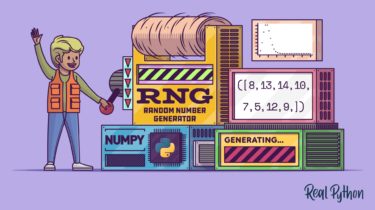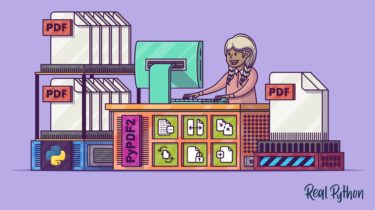AI Frontiers: The future of causal reasoning with Emre Kiciman and Amit Sharma
[MUSIC FADES] Emre, Amit, let’s jump right in. I’m so excited to speak with you both about causal reasoning. And this is such a timely conversation because we’re living through the rise of generative pretrained models, specifically large language models. And when I’ve engaged with GPT-4 in dialogue, depending on what I ask, it can appear to be doing something resembling causal reasoning. And as a machine learning person myself, I have to say this is not something that I’d expected […]
Read more





